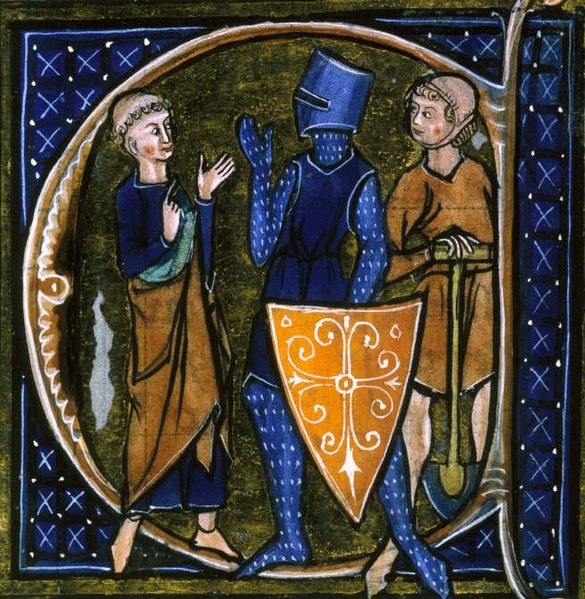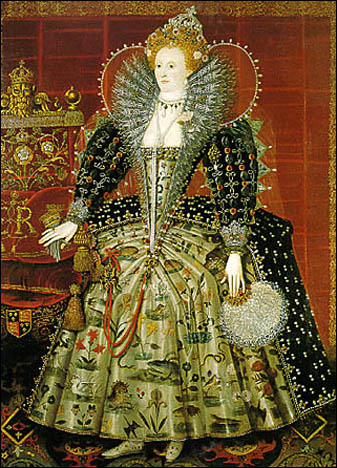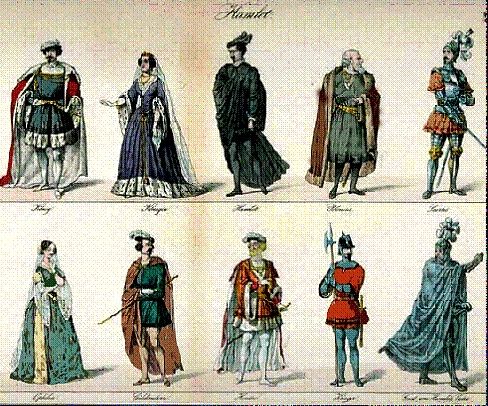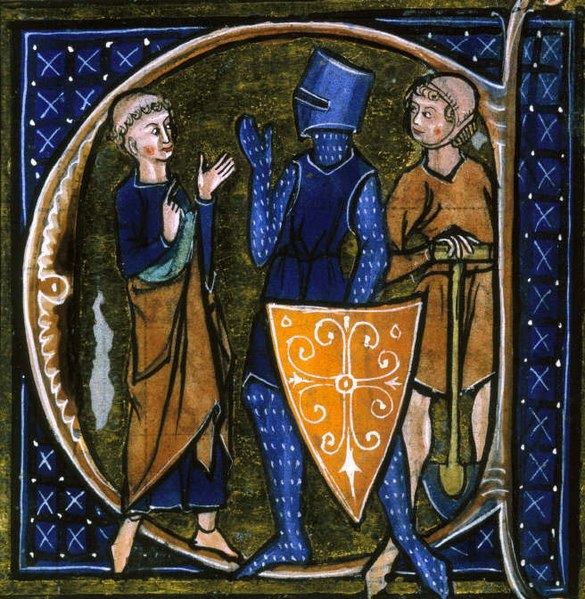The Sumptuary Laws were also known as the Statutes of Apparel and were passed as a means of limiting the amount of money that people spent on clothing, furniture and other items. The rules were strict as they defined just what a person could wear and purchase in relation to their social standing.
What was the Purpose of the Sumptuary Laws?
Contents
The sumptuary laws dictated the colours that each level of society could wear, as well as the trimmings and accessories which could be used to complete any outfit. Ermine, for example, was a type of fur that only members of royalty could wear, with lesser nobles being restricted to the use of fox or otter fur.
Definition of the Sumptuary Laws in the Tudor Era
To define sumptuary laws you need to understand what ‘sumptuary’ means. It is simply a reference to the Latin word for expenditure. Therefore these were laws related to the personal expense. The laws covered not only how much individuals could spend on clothing and furniture, but also jewellery, food and Drink.

The laws were a way of controlling the behaviour of the population and ensuring that the class structure of the time was maintained. The theory and application of such a law date back to the Roman era, and ensured that by appearances alone the class or rank of an individual could be easily recognised.
Tudor Times Sumptuary Laws of Henry VIII
A new social class started developing during the reign of Henry VIII, these were rich merchants. As a newly rich and new social class, they were eager to establish themselves in society and used their newfound wealth to buy clothes, houses and belongings that were somewhat above their true social status of the time.

This new class of people suddenly found that they had access to the kinds of luxury items that had previously only been available to the nobility. Thing king realised that this new social classed needed to remain separate from the upper classes, and away from the nobility.
He, therefore, passed new laws regarding the clothing and personal adornment of all of his subjects. He simply updated the existing laws to suit his needs, as did both Mary and Elizabeth after him.
Sumptuary Laws of Elizabeth I
Elizabeth made more additions to the law than her father did. She began in June 1574 and made a royal proclamation to the people outlining what was no longer acceptable. The use of unnecessary foreign wares was restricted, as were extremes or excesses of fashion. Vanity was frowned upon as was waste; whether this is food or linens.

Wastage, as well as abuse of status and wealth, was seen as detrimental to the wealth of the realm and was punishable to the full extent of the law at the time, which included several forms of punishment from fines to imprisonment. Elizabeth was serious in her desire and would not stand to let any of her laws be broken whether it be a sumptuary law or a religious law. She was a queen and her laws were absolute.
Sumptuary Laws Clothing
It was strictly maintained that people in Elizabethan England dressed according to their social status and rank. It was a time when England was importing bet quality fabrics from various parts of the world and the queen was concerned that her subjects would spend more money on clothing than on important things.

The Sumptuary Laws in England enabled her to stop people from spending too much money on clothing and determining what kind of clothes people should wear according to their social status.
Sumptuary Laws and Social Hierarchy
The laws had to do a lot with social hierarchy because it stated the kinds of dress that people of England could wear in accordance with their social status. It, therefore, also defined and set the terms of distinction among people. Anyone who was found dressed inappropriately or out of “class” would be fined or punished.
The law set the kind of clothing and fabrics that each social class could wear. Particular designs of embroidery, quality of silks, fur and satins were also specified along with the colours that people were allowed to wear.
Sumptuary Laws Women’s clothing
Women were instructed to dress modestly and make sure to cover their heads. The cloths with which the heads were covered were called by various names – caul, Henin and Wimple. Once more, the clothes and colours that the women were allowed to wear were according to their ranks. Some specifications were:
- The Queen and her family could wear silk and the colour purple.
- Duchesses and countesses could wear sable fur. They could also wear purple.
- Wives of knights and members of the privy council could wear block and crimson.
- Lower class women would have to wear wool, sheepskin and linen. The colours allowed were brown, yellow, beige, green, grey etc.

Elizabethan Clothing allowed for men
The position and status of men in Elizabethan times could be understood by the clothes he wore. Bright and dark colour clothes were reserved for men of higher ranks. Failure to follow the laws would result in strict punishment. Some specifications in men’s clothing were:
- The King and his family could wear silk and the colour purple.
- Dukes, earls and knights could also wear the same.
- Viscounts and barons were allowed to wear silk, satin and silver colour clothes.
- Lord Chancellors, privy seals and treasurers could wear velvet, fur, satin and colours such as blue, golden, crimson etc.
- Lower class men linen, wool, taffeta and sheepskin.

More info On- Tudor Henry VIII Family Tree, Tudor Neck Ruffs, Punishments for Crimes, Times Exploration of the World
